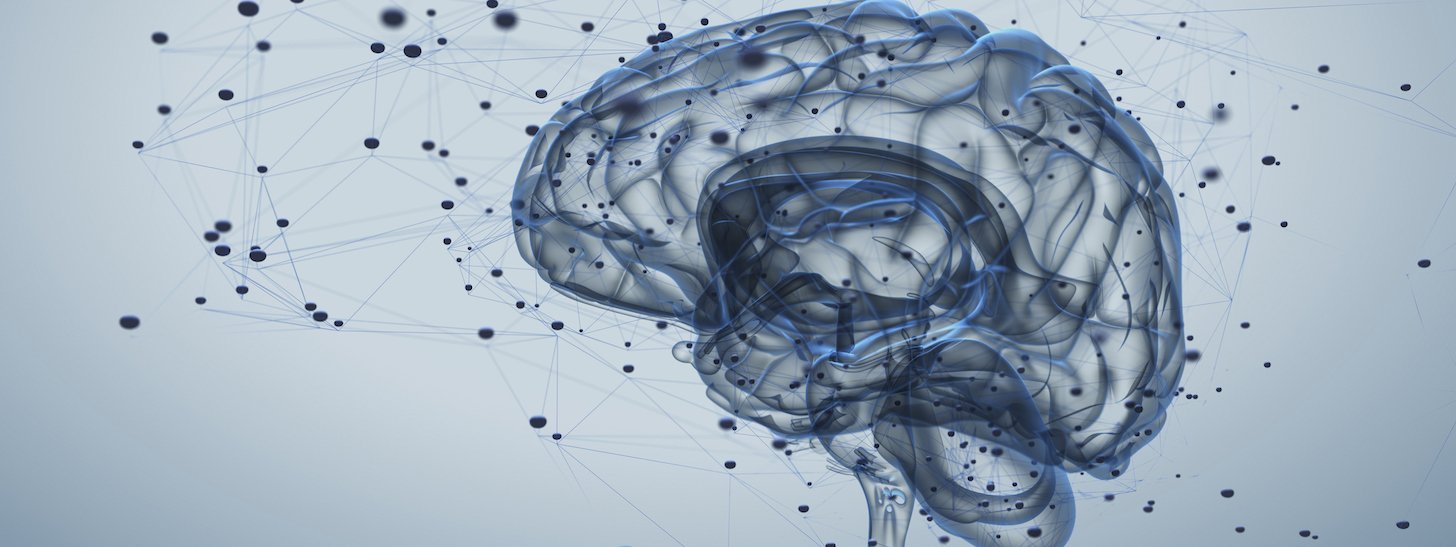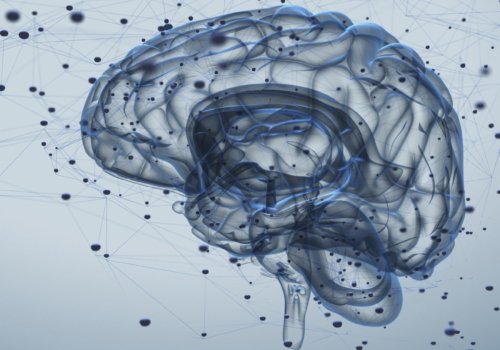
What Allodynia Tells us About Migraine: Q&A With David Dodick, MD, FAHS
How three factors associated with allodynia, as outlined by the MAST Study, affect migraine treatment options
Allodynia is the experience when ordinarily nonpainful stimuli, like a light touch and brushing your hair, becomes painful. David Dodick, MD, FAHS, professor of neurology at the Mayo Clinic and Chair of the American Migraine Foundation, says 40% to 70% of people experience allodynia when having a migraine attack. We sat down with Dr. Dodick to discuss what we learned about allodynia from the Migraine in America Symptoms and Treatment (MAST) Study.

Why is allodynia important and what can it tell us?
Allodynia is important because it reflects the fact that pain pathways inside the brain, are sensitized. They’re misinterpreting touch signals which shouldn’t be painful as being painful, and that’s important because allodynia has been shown to predict a lack of response to acute treatment.
What did the MAST Study teach us about allodynia?
MAST was a huge study involving over 15,000 people in the United States. In this particular study, we were looking for the factors associated with allodynia. We found three things. First, the more severe and frequent the attacks, the more likely it is for people to have allodynia. Next, when patients overuse acute medicine, whether it’s over the counter or prescription medicines, they’re more likely to have allodynia. Finally, people who have depression and anxiety are 83% more likely to have allodynia.
What does that mean for physicians?
It means that we need to pay attention to people who take acute medications for pain 10 or more times per month. It means that we need to take note of people who have more severe, frequent attacks and get them on preventive treatment. And it means that we have to start diagnosing and treating depression and anxiety in our patients. If we address these risk factors, we’ll reduce the likelihood that patients have allodynia with their attacks and reduce the likelihood that they’ll get worse over time.
How does the presence of allodynia impact the patient’s treatment options?
Patients with allodynia do not respond as well to acute treatments. We don’t know whether you’ll have less allodynia if you use preventive treatments to reduce migraine frequency, but we do know that allodynia tends to come on as the attack progresses, in both severity and over time. This puts a greater emphasis on early treatment, like taking acute medications at the onset of an attack to prevent allodynia from developing.
Is allodynia a key indicator of a worsening condition?
Yes. The presence of allodynia indicates the severity of the attack. It also increases the likelihood that the attack will progress and that more frequent attacks will occur. For example, someone who has just a few attacks per month is much more likely to develop chronic migraine over time if the attacks are associated with allodynia.
Allodynia itself is both a marker for non-response to acute treatment and progression of migraine over time.
How do you recommend doctors detect allodynia in their patients?
There are two ways. There’s a validated questionnaire called the Allodynia Symptom Checklist that features 12 questions. Or you can simply ask, “Does touch become painful? For example, Does it hurt just to brush your scalp?” Sometimes patients volunteer this information, but many times they don’t because they think it sounds crazy or that a doctor wouldn’t want to know those details.
What do we still need to learn about allodynia?
We need to learn why some patients develop allodynia and why some patients don’t. Why is it that some people with frequent attacks never have allodynia? What is it about them that makes them different from someone who has allodynia with every single attack? Once we know what causes allodynia, whether it’s externally in the environment or internally in our genes, we’ll be able to target it and treat it better.
David Dodick, MD, FAHS, is a former president of the American Headache Society, a professional society for doctors and other health care workers who specialize in studying and treating headache and migraine. The Society’s objectives are to promote the exchange of information and ideas concerning the causes and treatments of headache and related painful disorders, and to share and advance the work of its members. Learn more about the American Headache Society’s work and find out how you can become a member today.


